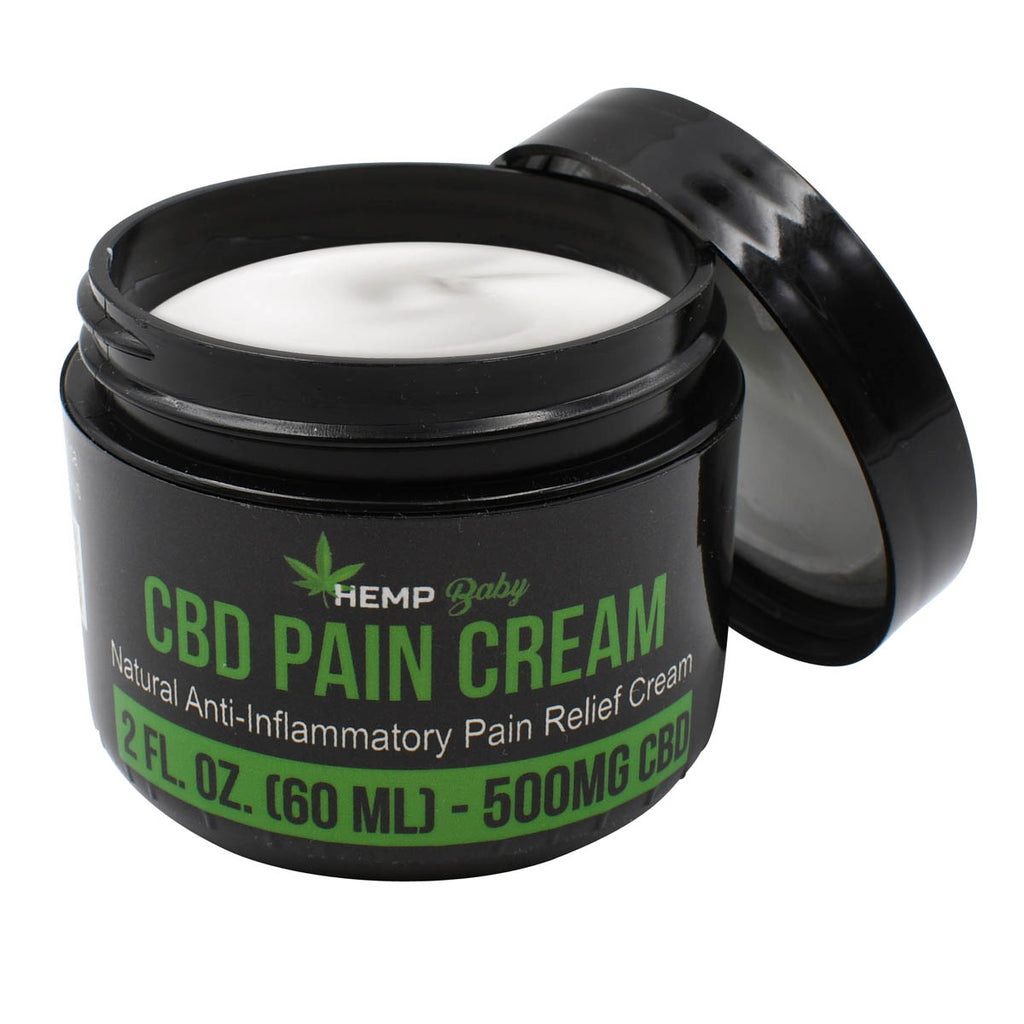Experience Serenity CBD Arnica Cream: Your Pathway to Pain-Free Living
Experience Serenity CBD Arnica Cream: Your Pathway to Pain-Free Living
Blog Article
Check Out the Scientific Research Behind CBD Discomfort Cream and Its Therapeutic Results
As the need for all-natural pain alleviation alternatives continues to increase, the scientific community has actually turned its interest to the healing effects of CBD discomfort cream. Understanding the elaborate mechanisms through which CBD communicates with the body's endocannabinoid system to alleviate pain is crucial in understanding its efficacy. From its anti-inflammatory properties to the complicated neurological results that modulate pain understanding, CBD's possible as a pain administration remedy is a subject of continuous study and professional interest. Keep tuned to decipher the scientific research behind CBD discomfort lotion and how it holds pledge for those looking for alternative opportunities for discomfort relief.
Endocannabinoid System and CBD Discomfort Relief
What function does the endocannabinoid system play in CBD discomfort alleviation? The endocannabinoid system (ECS) is a complex network of receptors, enzymes, and endocannabinoids that play a critical function in managing various physiological processes, consisting of pain experience. When CBD is applied topically or ingested, it connects with the ECS to regulate discomfort assumption and swelling. CBD applies its impacts by targeting cannabinoid receptors, especially CB1 and CB2 receptors, which are plentiful in the central nerves and immune cells, specifically. By binding to these receptors, CBD can hinder the transmission of pain signals and decrease inflammation, leading to pain alleviation.

Mechanisms of CBD for Pain Administration
Checking out the detailed mechanisms where CBD operates in discomfort monitoring exposes its possible as a useful healing tool in relieving different kinds of discomfort. CBD engages with the endocannabinoid system, consisting of cannabinoid receptors (CB1 and CB2) distributed throughout the body. When CBD is provided, it regulates these receptors, influencing natural chemical launch and dampening pain signals. In addition, CBD's anti-inflammatory buildings play an essential duty hurting monitoring by reducing inflammation at the site of pain.

Anti-Inflammatory Characteristics of CBD
In elucidating the efficacy of CBD suffering monitoring, a remarkable facet depends on its powerful anti-inflammatory homes. CBD, or cannabidiol, has actually gathered focus for its ability to regulate inflammatory responses within the body. Swelling is a complicated biological response that plays a crucial duty in the body's immune system, but when it comes to be chronic, it can add to different health issues, consisting of discomfort. CBD communicates with the endocannabinoid system, specifically targeting CB2 receptors located in the immune cells. By triggering get redirected here these receptors, CBD can help lower and control immune reactions inflammation.
Researches have revealed that CBD can inhibit inflammatory arbitrators and cytokines, thus dampening the inflammatory waterfall. This anti-inflammatory result is specifically promising for conditions defined by persistent inflammation, such as joint inflammation, inflammatory bowel illness, and neuropathic discomfort. By easing inflammation, CBD not only addresses the signs yet also targets the underlying source of pain, making it an important healing representative for handling a wide variety of inflammatory problems.
Neurological Effects of CBD on Pain
CBD applies profound neurological effects on pain understanding with its interaction with specific receptors in the central nervous system. By influencing the task of these receptors, CBD can aid manage discomfort sensitivity and swelling, supplying possible restorative benefits for people enduring from numerous kinds of discomfort problems.
Research studies have shown that CBD's action on the endocannabinoid system can lead to the restraint of discomfort signaling pathways, reducing the assumption of pain. Additionally, CBD has actually been discovered to have neuroprotective residential or commercial properties, which can help alleviate neuropathic discomfort by securing neurons from damage. The capacity of CBD to regulate discomfort at a neurological level makes it a promising option for managing chronic discomfort conditions where standard therapies might fail.
Professional Research Studies Sustaining CBD Pain Alleviation

Conclusion
In final thought, the scientific research behind CBD discomfort cream exposes its prospective restorative effects via the inflection of the endocannabinoid system. CBD's systems for pain administration include its anti-inflammatory residential or commercial properties and neurological effects on pain assumption. Scientific research studies support making use of CBD for pain relief. More research study is needed to fully recognize the degree of CBD's benefits in taking care of different kinds of discomfort.
As the need for natural discomfort alleviation alternatives proceeds to rise, the clinical community has transformed its interest to the therapeutic impacts of CBD discomfort cream. From its anti-inflammatory residential properties to the complex neurological results that modulate discomfort perception, CBD's prospective as a discomfort management option is a subject of continuous study and medical passion.Building upon the understanding of CBD's neurological impacts on discomfort assumption, medical research studies have actually offered beneficial insights into the effectiveness of CBD in giving pain alleviation. A study published in the European Journal of Pain showed that using CBD topically reduced pain and swelling in rats with joint inflammation without any apparent side results. CBD's mechanisms for pain monitoring include its anti-inflammatory residential properties and neurological results on pain understanding.
Report this page